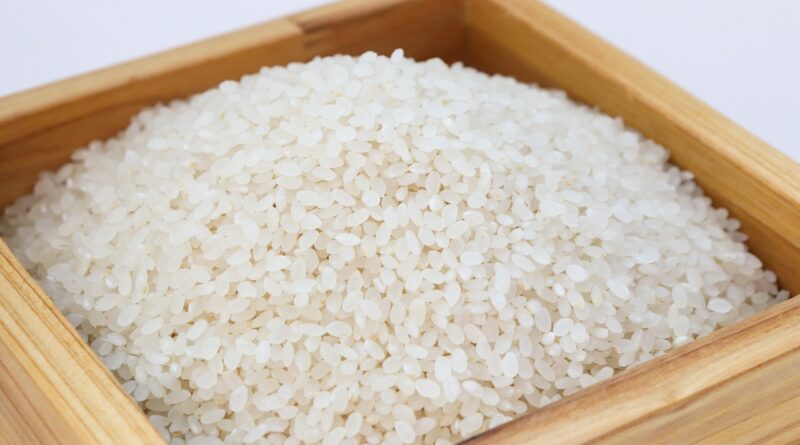Skewed rain distribution may hit yield of paddy, coarse cereals
By Sandip Das
Halfway through the monsoon season, 38% of 700 odd districts in the country have received “deficient” to “large deficient” rainfall, raising the spectre of low yield of paddy, coarse cereals and pulses, if khalif sowing gets delayed in the regions as a result.
Experts say that while the rainfall in the current season have been surplus especially in central (17%) and southern peninsula (25.9%) against the benchmark in the key regions that grow pulses, oil-seeds and paddy, large areas of east and north-west India have received deficient rainfall.
Officials said that deficient rainfall in Bihar and Jharkhand has already delayed paddy sowing as a large portion of farmland in these states are rainfed. “Deficient rainfall in Punjab and Haryana has not impacted crop sowing as these states have assured irrigation,” an official said.
Meanwhile, till July 26, at 81.1 million hectare (MH) or 74% of the normal sown area, the combined sown area of key crops – paddy, pulses, oilseeds and sugarcane – was up 2.2% on year.
Paddy was sown in 21.5 MH so far, against the normal sown area of 40.15 MH. Area under pulses such as tur, urad and moong rose sharply at 14% to 10.2 MH on year, which is expected to boost pulses production in the 2024-25 season.
More than 3.8% higher sown area in oilseeds – groundnut, soybean and sunflower is reported at 17.16 MH. Oilseeds sowing is expected to be completed in the next couple of weeks.
According to Soybean Processors Association of India (SOPA) survey in the key growing states of Madhya Pradesh, Maharashtra and Rajasthan, area under soybean, a key kharif oilseed this year has been estimated at 11.85 MH or same level last year.
“The crop progress will be heavily dependent on the progress of monsoon, rainfall distribution and temperatures in the coming months,” SOPA has stated. Cotton area is down 6.9% on year at 10.5 MH so far, which is 82% of the average area for the last five years because farmers have shifted to pulses and oilseeds as realisation from the cotton was low last year.
Apex trade body the Indian Sugar Mills and Bio-Energy Manufacturers Association (ISMA), has projected sugar output for the 2024-25 season (October-September) at 33.11 million tonne (MT), a tad lower than the previous year’s output of 33.99 MT because of lower acreage in cane growing regions of Maharashtra and Karnataka primarily due to last year’s deficient rainfall.
“Monsoon rains are not well distributed spatially and temporally so far,” Madhavan Rajeevan, former secretary, ministry of earth sciences, told FE while adding that it would make up in the second half of the season.
Meanwhile, the surplus monsoon rainfall of 9% above the benchmark long period average in July helped erase June’s rainfall deficit of 10.9%. The country in June-July has received 1.8% more rainfall than the benchmark during June 1 – July 31, according to the Indian Meteorological Department (IMD).
The met department at the beginning of the month in its forecast had predicted July rainfall is most likely to be above normal or above 6% of benchmark.
“We expect the progress of monsoon and pick-up in sowing to improve agricultural output and cool off food inflation in the coming months,” consulting firm Crisil has noted.
This article has been republished from The Financial Express.

